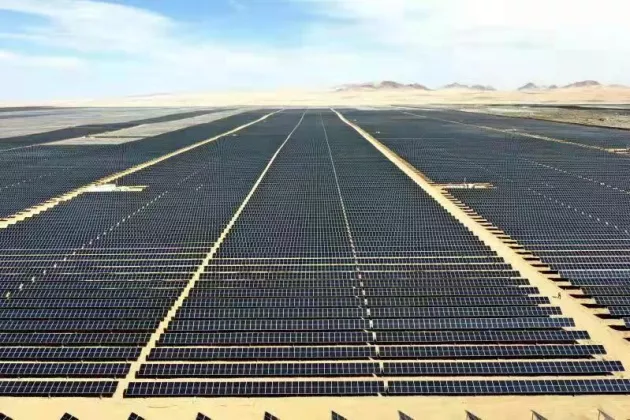Following the publication of a new piece of research with international colleagues – Zhengyao Lu, Researcher in Physical Geography at Lund University and a member of strategic research areas MERGE and BECC, and Jingchao Long from the Guangdong Ocean University – decided to pitch their results to The Conversation.
The pitch was accepted, and once the piece was published it quickly gained more than 60 000 reads.
Why do you think this article has been so widely read?
This is the first study to focus on a future scenario with the interaction of solar power constructions on a global scale. In this regard, just like fossil fuels have been, solar energy production can potentially be subject to future geopolitical maneuvering: if a country builds a lot of solar farms, it can potentially harm solar power production in neighbouring or even remote countries.
What do you think is the most important message that readers take away from the article?
Building a lot of solar farms may not be the perfect win-win solution for climate mitigation but is associated with potential risks and needs careful planning. That might leave you with a feeling of concern, but hopefully also with a feeling that this is useful information that contributes to more well-founded decisions for our future energy production.
How does the response that you have received from the article in The Conversation affect you and your further research and research communication?
I have received many interesting comments and questions. Some encouraged me to design simulations targeting better representations of solar farms in the model. The publication of the Conversation article also led to a higher impact of our study, and I received many interview invitations from the media, such as BBC and Scientific American.
Read the article at The Conversation: Gigantic solar farms of the future might impact how much solar power can be generated on the other side of the world
Read the study published in Nature, communications earth & environment: Large-scale photovoltaic solar farms in the Sahara affect solar power generation potential globally
Are you interested in writing for The Conversation?
There are two upcoming sessions on how to pitch your idea to the Conversation:
- 9th of April: Pitch your idea to the Conversation – April session | Medarbetarwebben (lu.se)
- 2nd of May: Pitch your idea to the Conversation – May session | Medarbetarwebben (lu.se)
Learn more about writing for The Conversation: The Conversation at Lund University – lu.se



